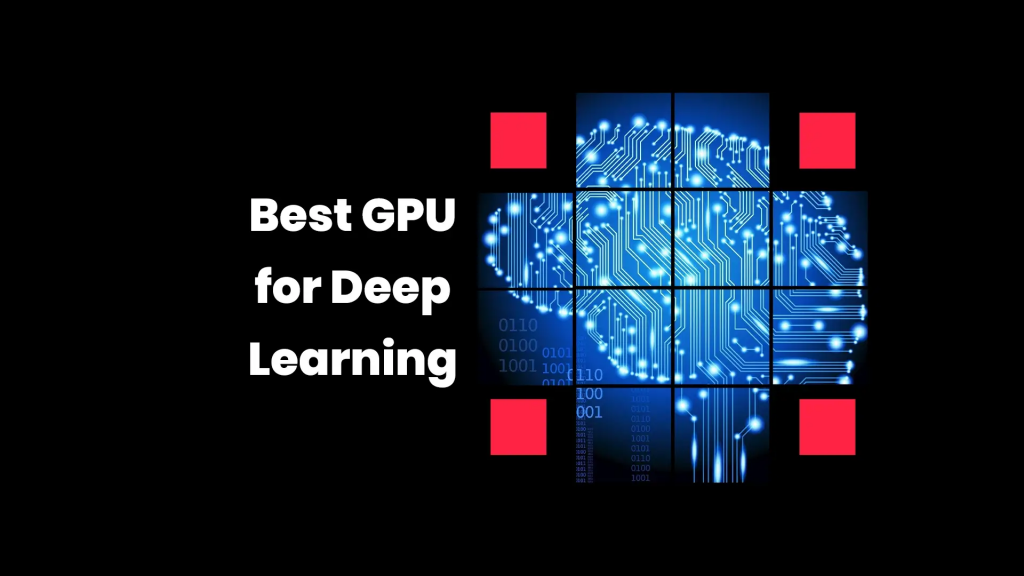
Have you ever wondered how machines can see, hear, and recognize patterns? How do they learn from data and make predictions? The answer lies in a field of artificial intelligence called deep learning, which relies heavily on the use of graphics processing units or GPUs. In this article, we will explore the role of GPUs in deep learning and why they are essential for training and deploying neural networks.
What is Deep Learning?
Before we dive into the role of GPUs, let’s briefly define what deep learning is. Deep learning is a subset of machine learning that uses artificial neural networks to learn from data. It is inspired by the structure and function of the human brain, which consists of interconnected neurons that process and transmit information.
Deep learning algorithms can perform a wide range of tasks, such as image and speech recognition, natural language processing, and even playing games. They are trained on large datasets using backpropagation, a process that adjusts the weights of the neural network to minimize the error between the predicted and actual output.
Why GPUs are Essential for Deep Learning?
Deep learning requires a lot of computational power, especially when dealing with large datasets and complex neural networks. Traditional CPUs (central processing units) are not optimized for the parallel processing required for deep learning, which can lead to slow training times and high energy costs.
This is where GPUs come in. GPUs are designed to handle multiple tasks simultaneously, making them ideal for deep learning applications. They can perform thousands of calculations in parallel, which speeds up the training process and reduces energy consumption.
In fact, studies have shown that using a GPU for deep learning can be up to 100 times faster than using a CPU. This enables researchers and data scientists to train more complex neural networks and process larger datasets, leading to more accurate predictions and insights.
How GPUs are Used in Deep Learning?
To use GPUs in deep learning, the neural network computation must be written in a way that can take advantage of the parallel processing capabilities of the GPU. This is typically done using a programming framework such as TensorFlow, PyTorch, or Caffe.
These frameworks allow developers to write code that can be executed on both CPUs and GPUs, with the GPU code optimized for parallelism. The GPU-accelerated code can then be used to train the neural network on large datasets, using techniques such as stochastic gradient descent and backpropagation.
Once the neural network is trained, it can be deployed on a GPU for inference, which is the process of using the trained model to make predictions on new data. Inference is typically faster than training, as it requires less computation.
Conclusion
In conclusion, GPUs are essential for deep learning, providing the computational power needed to train and deploy complex neural networks. Without GPUs, deep learning would be much slower and less efficient, making it difficult to tackle real-world problems.
As deep learning continues to advance, we can expect to see even more powerful GPUs and programming frameworks that further accelerate the development of artificial intelligence. So the next time you use a voice assistant or see a self-driving car, remember the role of GPUs in making it all possible.
Email- contact@devopsschool.com

